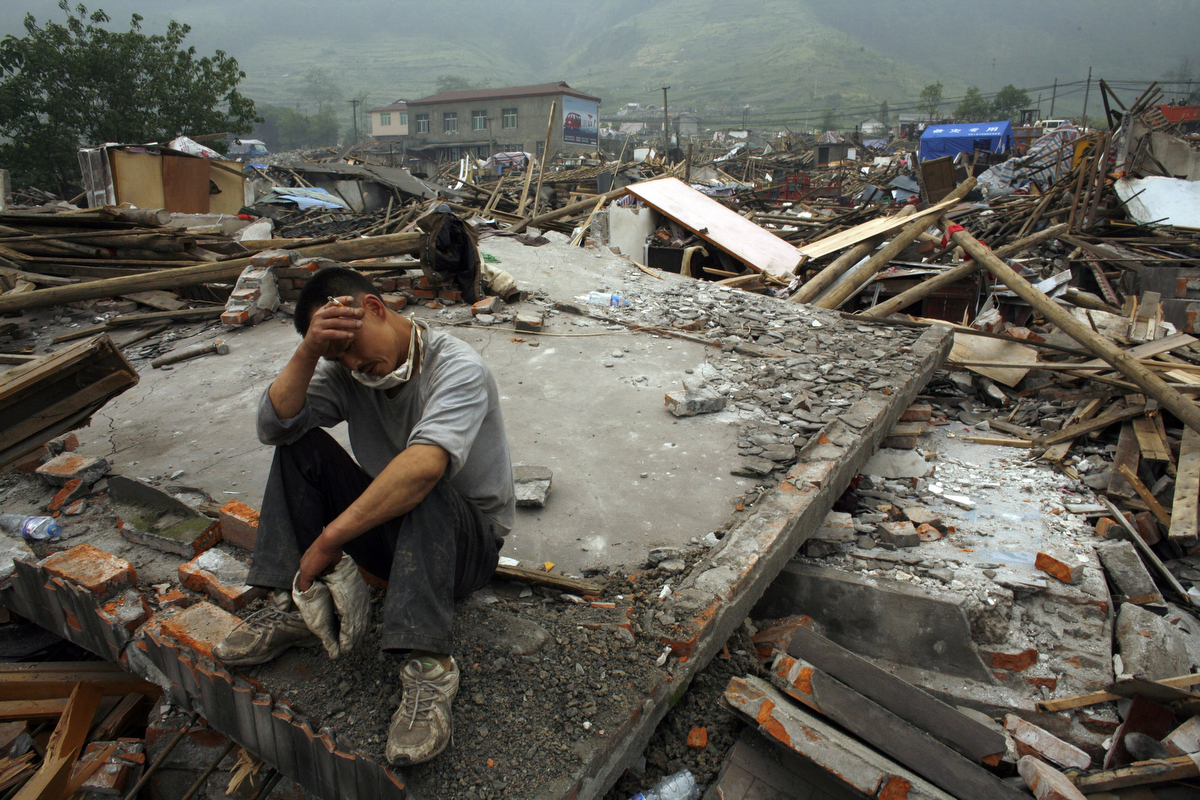Psychological and Physical Survival – Part 2
by K.B. MD, Survival Blog:

PART 2 – DISASTER: DEPRESSION, GRIEF, AND PTSD
Yesterday in Part 1, I covered types of stress and began to touch on tools and techniques for control. Today in Part 2, I will discuss disaster’s effects including depression, grief, and PTSD, while Part 3 will focus on numerous preventive strategies. While I am a licensed M.D., retired disabled, I am not a psychiatrist and remind our readers that I am neither diagnosing nor prescribing. Please obtain prompt medical care from licensed practitioners as long as they are available.
WHO IS SUSCEPTIBLE?
People who survive disasters may experience depression, grief, and PTSD among other psychological conditions. In addition, they may also have more serious and long-lasting adverse effects on physical health. Who is susceptible? Everyone. Let’s begin with children. After Hurricane Sandy, as many as 35% of children experienced signs of moderate to very severe PTSD at 9 months post-event and still 29% at 21 months. Often people don’t even think about the emotional impact of disaster until 6 to 8 weeks post event when survival becomes easier. Until life eases, adults and children just trudge along untreated. Another study of survivors (all ages) of mass shootings revealed that 28% develop PTSD and approximately 1/3 have a resultant acute stress disorder. Level of impact on emotions depends upon disaster, proximity, and duration. First, what was the type and severity of the disaster? How close was the person to the crisis? This second factor ranges from being in the middle of a terrible catastrophe as the worst to merely learning of it on the media as the least. First responders, assisting family members, and other workers are in between in severity. Gender also has an effect. Women and girls are more susceptible to adverse impact on emotional health than men and boys. (No, I’m not being sexist!
I, myself, am a woman so please no accusations. Thank you.) Since some of today’s college students are needing cry rooms, emotional support llamas, bouncy castles, cookies, and coloring books just to endure the “rigors” of college, consider how poorly they will survive a genuine disaster!
WHAT CAN HELP?
What can help? The support system of family and friends is crucial to having greater resilience after a disaster. This cannot be over emphasized. If this is not possible, there must be hope for help from the government and charitable organizations, plus counseling. Even if family and friends cannot help each other, it is very healing for survivors to have the opportunity to gather together and share their common experiences. In the TEOTWAWKI, we must keep hoping, stay positive, and help one another as much as possible. The church or other area structure/organization can serve as a site for gathering to share memories of the common event and to discuss solutions to problems. Information intake forms could serve to note the expertise and various professions represented in the surviving community.
PSYCHOLOGICAL EFFECTS OF DISASTER
Depression, grief, and PTSD will be all too common. We need to be aware and watch for the danger signs of these and other psychological conditions among our family and friends. There is no way to become a quick expert, but we can all learn some of the most common signs and symptoms and have a list to refer too. I suggest a few mnemonics below, but others are available if you prefer.
Loading...



